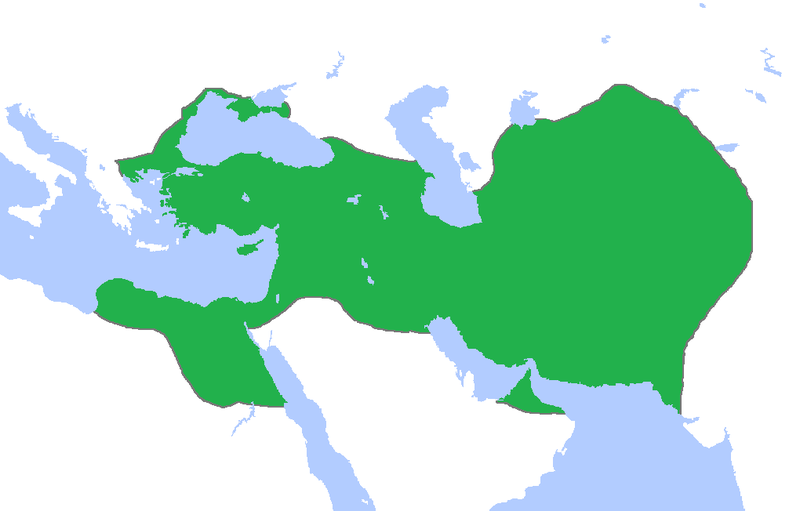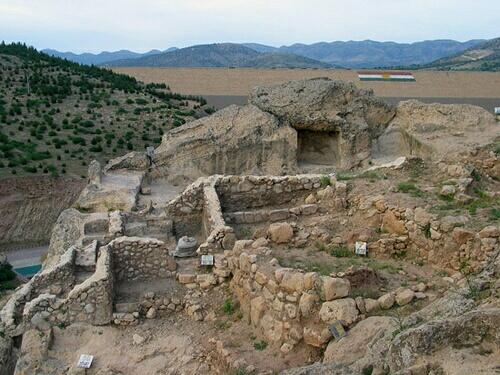Silesian
Junior Member
- Messages
- 739
- Reaction score
- 104
- Points
- 43
- Ethnic group
- Citizen of Earth.
- Y-DNA haplogroup
- R1b-BY593
- mtDNA haplogroup
- U5b2a2
Was this the prime advantage that R1a had in conquest and expansion from Kurgan Volga or was there a different PIE like Goga suggests?The wheel is spoked therefore very light. Wagons wheels were full wood and heavy. One can spot some technological development and improvements over the war wagon.
Good point. Perhaps even a horseman with a spear and shield would be a formidable opponent to a charioteer .Having said that I'm still looking for a good explanation why chariots were so formidable weapon as people claim? Why not sit just on a horse and shoot a bow?
Kurds are sometimes associated with mountainous terrain. It seems that it would be a stretch that an invading force of R1a warriors could use a war chariot in some of the regions in ancient Kurdistan/Mede.







